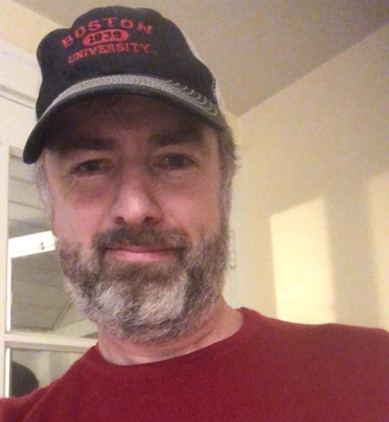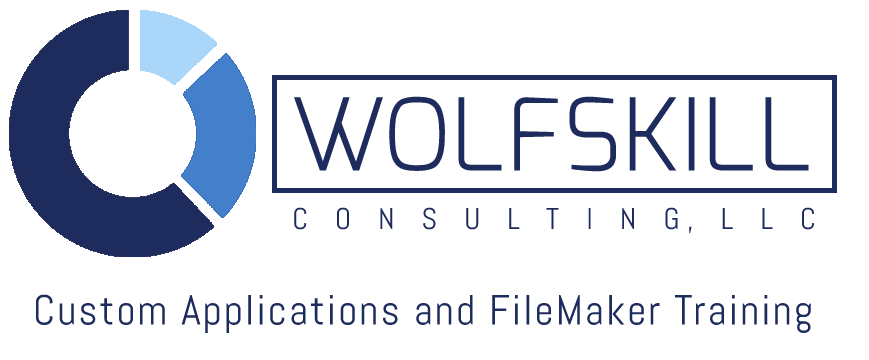When a project-to-plan-the-project makes sense
By Jud Wolfskill, Wolfskill Consulting LLC, jud@wolfskillconsulting.com, cell 857.891.5764
A project begins with a conversation. The first time I speak with someone, I want to learn what problem they are trying to solve. I am listening for where the pain is, the slow-down: Does it take 3 days to answer a question a client asks them? Do they sell windows priced by the size, and no off-the-shelf software really works for them? Do they train people and offer certifications but not the way any other organization does? Are they using a spreadsheet the size of a small country to run their company?

In any of these scenarios, I will need to learn more about who they are and what they need. But what if, after a phone call or two and a Zoom meeting, I am still not sure about the best approach to solving the problem?
Okay, what do I mean by “approach?” By “ approach,” I mean a strategy for solving the problem; a clear path forward. We will do x and y and then we will be able to do z. We will import your spreadsheet of contacts into Claris FileMaker and then talk about what app features would make interacting with those contacts easier and more efficient. We will bring the collection of images into a FileMaker database so they are all in one place. These are examples of approaches.
But what if, after a few conversations and Zoom meetings and checking-back-laters and talk-with-my-managers-about-what-our-needs-are, we are still left with a lot of questions? For example, suppose you have image files on a server, on people’s hard drives, and on various online spaces, such as SmugMug and Google. You need a place to collect or inventory all of the images so you can search for ones on specific topics, at specific locations, or with specific people in them. This problem occurs for departments at colleges and universities, architects, marketers, and marketers for architects, among others.
A discovery might help us consolidate some of the images in a single, custom application, and make a plan for how to connect the application with online spaces and social media outlets. A discovery might help a work group sit down with a custom software developer and articulate how they work: what each person does, in what order. A discovery, in other words, helps us get at the workflow. Custom software helps automate tasks you have to do at work, saving you and your organization time and money.
If you want to find a solution for tasks that take a long time or could be automated, you may be eager for a definite plan. You may want an answer to how to solve a problem. If a consultant suggests a discovery, you may feel they are slowing down the process. And they might be, for good reason! They might be saying, We need to talk more before we know where to go from here. The discovery can provide a short project where you get to test out working and solving problems together. That’s (often) a good thing.
If you have a process at work that’s taking a long time or otherwise doesn’t seem efficient, please drop me a line or give me a call. Thanks!
